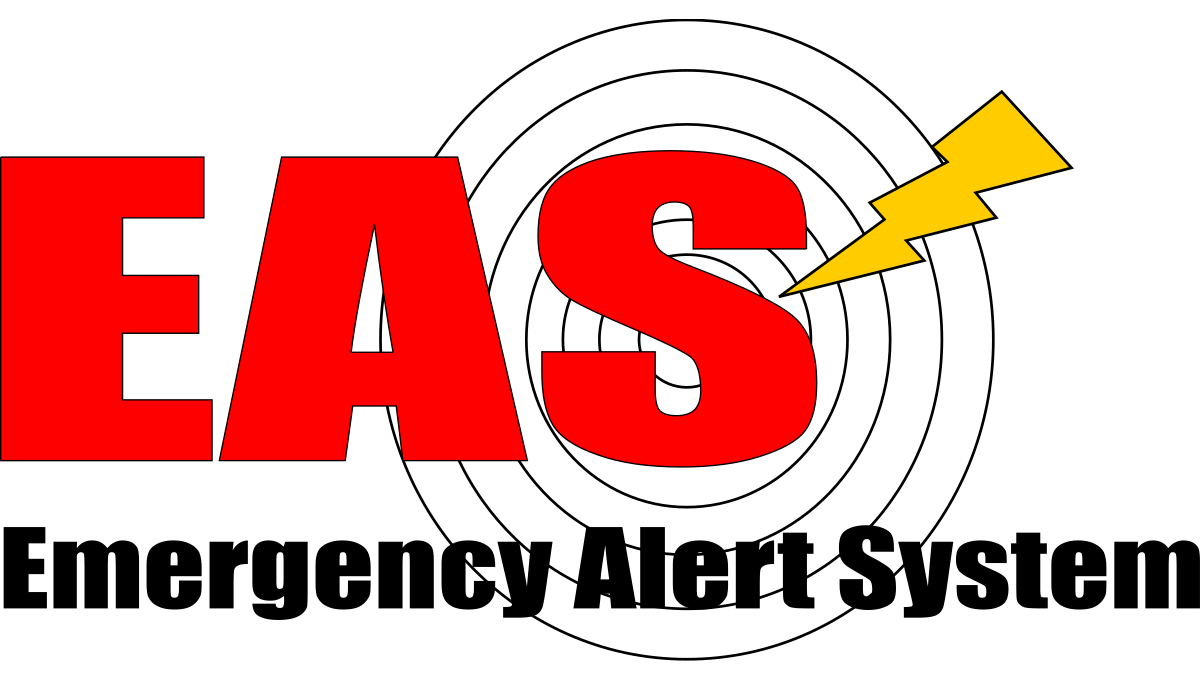FCC Reminds EAS Participants of Accessibility Requirements
Alerts for August 11 test must be accessible to those with visual and hearing impairments

WASHINGTON—In the runup to the August 11, 2021 EAS and WEA alert test, the Public Safety and Homeland Security Bureau of the FCC has reminded participants that they are required to issue alerts that are accessible to those with hearing and visual impairments.
The nationwide test of the EAS and WEA systems is scheduled for August 11, 2021, at 2:20 p.m. Eastern Daylight Time, with a backup date of August 25, 2021.
The reminder noted that analog and digital television broadcast stations, analog and digital cable systems, wireless cable systems, wireline video systems, and direct broadcast satellite (DBS) were required to provide accessible Emergency Alert System (EAS) alerts.
Likewise, participating commercial mobile service providers had to provide accessible alerts for the Wireless Emergency Alerts (WEAs) test.
The FCC noted that the EAS test message will be transmitted as follows:
“THIS IS A TEST of the National Emergency Alert System. This system was developed by broadcast and cable operators in voluntary cooperation with the Federal Emergency Management Agency, the Federal Communications Commission, and local authorities to keep you informed in the event of an emergency. If this had been an actual emergency an official message would have followed the tone alert you heard at the start of this message. No action is required.”
The FCC also noted that “EAS Participants should take necessary steps, in compliance with section 11.51 of the Commission’s rules, to ensure that individuals who are deaf or hard of hearing and individuals who are blind or visually impaired have full access to EAS messages. Section 11.51 requires analog and digital television broadcast stations, analog and digital cable systems, wireless cable systems, wireline video systems, and DBS providers to broadcast national-level alerts in a manner that allows individuals with and without disabilities to access the full content.”
The professional video industry's #1 source for news, trends and product and tech information. Sign up below.
As part of that the FCC noted that the EAS text must be displayed “at the top of the television screen or where it will not interfere with other visual messages (e.g., closed captioning), and in a manner (i.e., font size, color, contrast, location, and speed) that is readily readable and understandable, without overlapping lines or extending beyond the viewable display (except for video crawls that intentionally scroll on and off of the screen), and in full at least once during any EAS message.”
In addition, the audio portion of an EAS message must be played in full at least once to ensure it is accessible to viewers who are blind or have low vision.
More details on the requirements for accessibility can be found here.
George Winslow is the senior content producer for TV Tech. He has written about the television, media and technology industries for nearly 30 years for such publications as Broadcasting & Cable, Multichannel News and TV Tech. Over the years, he has edited a number of magazines, including Multichannel News International and World Screen, and moderated panels at such major industry events as NAB and MIP TV. He has published two books and dozens of encyclopedia articles on such subjects as the media, New York City history and economics.

